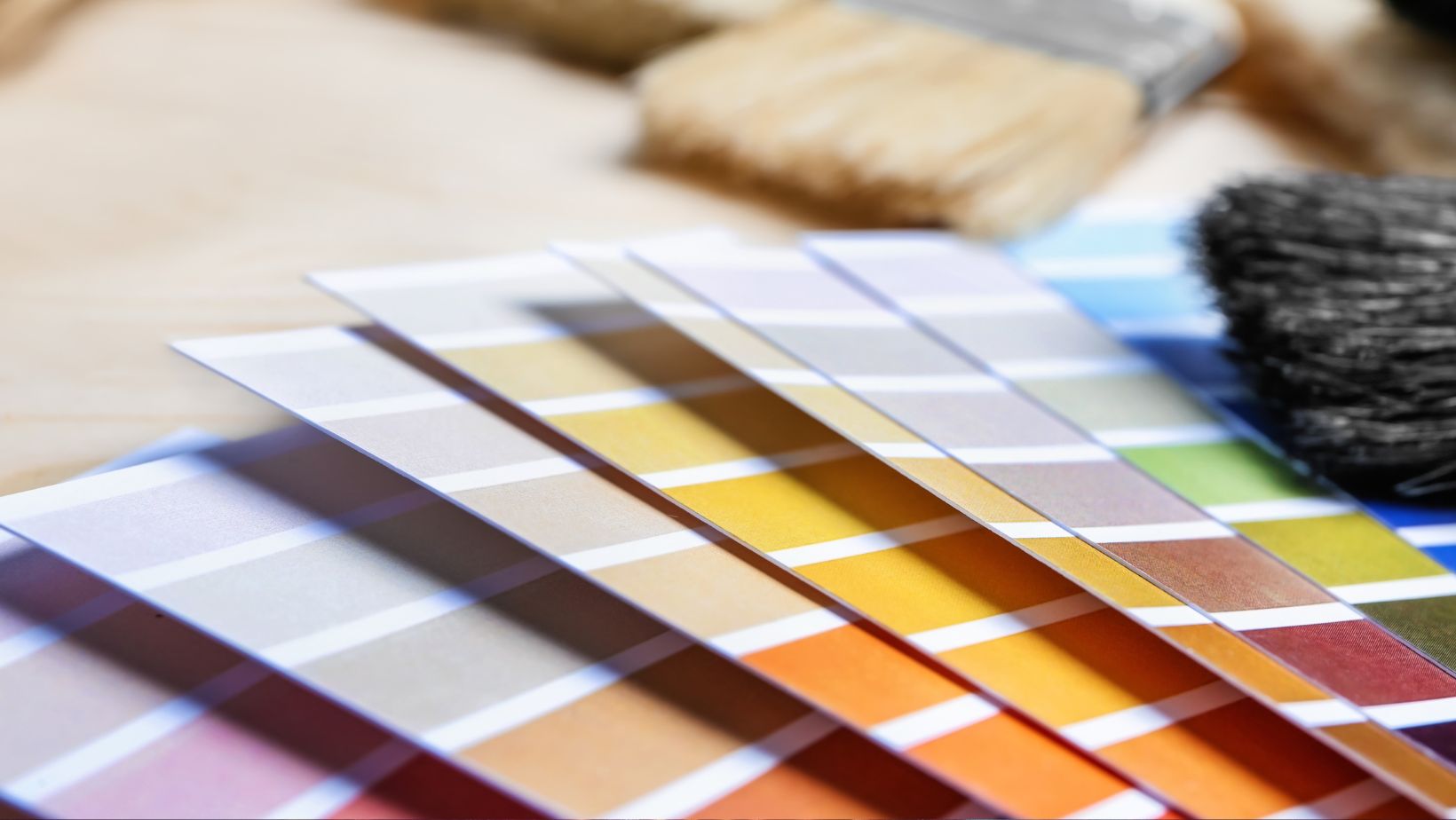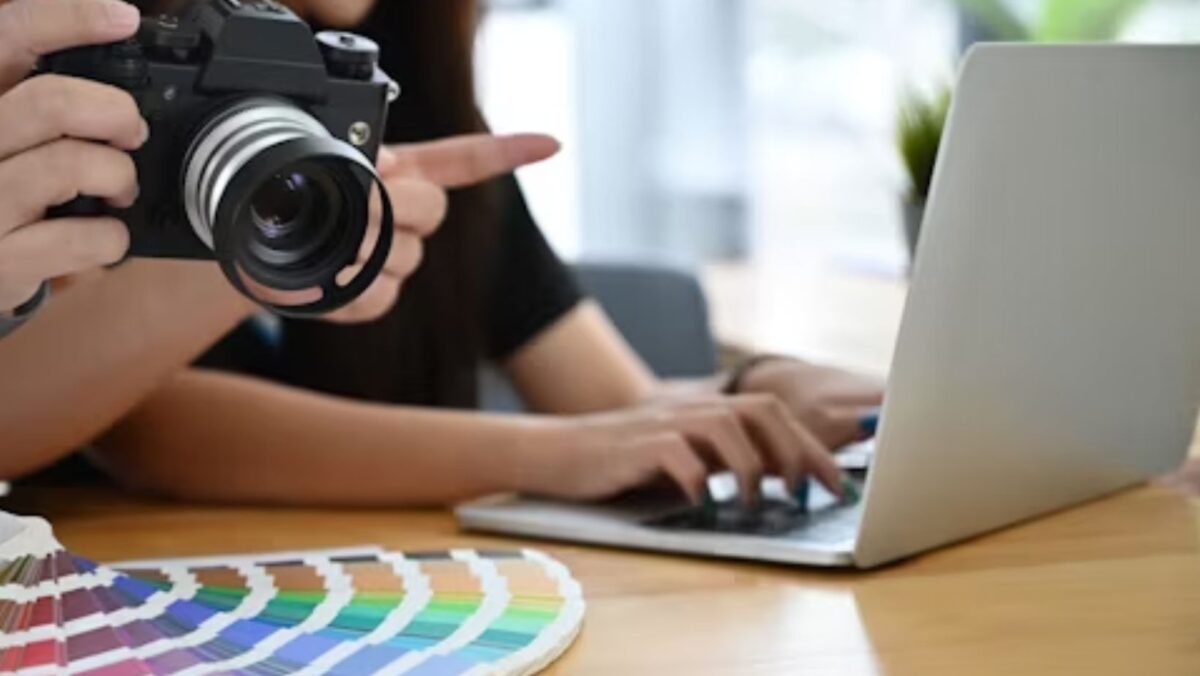Have you ever found a picture online or taken a photo yourself and thought, “That color is exactly what I need for my design”?
Whether you’re building a website, editing photos, designing graphics, or just curious about matching shades accurately, being able to extract colors directly from an image is a useful skill.
Fortunately, with the help of modern online tools, identifying precise color values is now incredibly easy.
This article walks you through how an image color picker works, why accurate HTML color codes matter, and how you can use these tools to elevate your work, whether you’re a designer, developer, or hobbyist.
What Is an Image Color Picker?
An image color picker is a simple digital tool that lets you upload an image and then click anywhere on it to extract the color information from that specific pixel. Instead of trying to match colors manually, you can get exact hex codes or even HSL values in a matter of seconds.
One of the easiest tools to use is available. You simply upload an image or provide its URL, and the picker provides the color code of any part you click.
This helps you keep your design accurate and consistent, especially when you’re trying to recreate or complement a color scheme from a photo, logo, or branded asset.
Why Are HTML Color Codes Important?
Every element in a webpage, text, backgrounds, borders, buttons, and links, can have color applied using HTML and CSS. But for browsers to understand and render that color correctly, they need a numerical code. Human-readable names like “light green” or “deep blue” are too vague for consistent design results. That’s where HTML Color codes come in.
Types of Color Codes Used in Web Design
RGB stands for Red, Green, and Blue. Each value can range from 0 to 255. Combining different levels of these colors creates different shades. Examples:
- Pure red
- Pure green
- Pure blue
RGB is helpful when you need more control over light-based color manipulation.
HSL (Hue, Saturation, Lightness)
HSL stands for:
- Hue: The type of color (like red or green)
- Saturation: The intensity of the color (0% is gray, 100% is full color)
- Lightness: How light or dark the color appears
How to Use an Image Color Picker: Step-by-Step
Using an image color picker is straightforward, even if you’re new to digital design. Here’s how you can do it:
- Upload Your Image: Use a tool like the one mentioned above. Upload the photo from your device or paste an image URL.
- Click on Any Area of the Image: The tool will show a magnified view so you can pinpoint the exact pixel.
- Get the Color Code: As you click, the color code will appear. You can usually copy it in hex, RGB, or HSL format.
- Use the Color Code in Your Project: Paste the code into your HTML or CSS editor and apply it wherever needed.
This is particularly useful when trying to design around brand colors, complement existing visuals, or simply recreate a consistent aesthetic.
When to Use Image-Based Color Selection
Designing buttons, backgrounds, or headers to match an image ensures visual harmony across your site. Instead of picking colors at random, you can now align your palette with the visuals already in use.
Digital Art & Photo Editing
Artists and editors can use color pickers to sample and match tones, highlights, and shadows. This improves accuracy and saves editing time.
Print Design
Even though print uses CMYK instead of RGB, using hex codes for the digital draft can help maintain consistency when converting to print colors.
UI/UX Design
Every visual component of an interface benefits from color consistency. Using the same tones in buttons, navigation bars, and tooltips creates a more polished, user-friendly product.
Benefits of Using Online HTML Color Tools
- Time-saving: Instead of trying to manually find or guess a color, these tools give you instant, accurate results.
- Improves Consistency: Using the same hex or RGB values across your designs makes everything look cohesive.
- Accessible from anywhere: Most tools are online and require no installation.
- Easy to Use: No design experience needed. These tools are intuitive and beginner-friendly.
- Compatible Across Platforms: Whether you’re working on websites, mobile apps, or even email designs, these color formats are accepted everywhere.
Tips for Choosing and Using Colors Wisely
High contrast between text and background is important for readability, especially for users with vision impairments. Many tools will calculate contrast ratios for you.
Build a Palette
After picking your main color, generate supporting colors (shades, tints, and accents) to keep your design consistent. You can use online palette generators or adjust saturation/lightness manually.
Test Your Design in Multiple Lighting Conditions
Always preview your designs on different screens and devices. A color may look good on a desktop monitor but appear dull on a phone screen.
Keep It Simple
Too many colors can clutter your design. Stick to a core palette of 2 to 5 colors for best results.
HTML Color Picker vs. Image Color Picker
An HTML color picker is slightly different from an image picker. It’s often a digital color wheel or slider that lets you choose colors manually, without uploading an image. These are useful when you want to experiment or select from scratch.
On the other hand, an image color picker relies on existing visuals to determine color codes. It’s better for when you’re working with brand photos, logos, or graphics and need to match or complement the exact shade.
 Depending on your needs, you might switch between both. For instance, use the image picker to find the main color, then use the HTML picker to create complementary or contrasting colors.
Depending on your needs, you might switch between both. For instance, use the image picker to find the main color, then use the HTML picker to create complementary or contrasting colors.
Use Cases Across Fields
Marketers use color schemes in landing pages and ads to evoke emotion or maintain brand consistency. Picking the right color from an image ensures alignment with product visuals.
E-commerce
Online stores often want their product backgrounds, promotional banners, and CTAs to reflect their brand’s tone. Picking exact shades from product photos helps achieve this.
Education
Teachers or students designing presentations or infographics can use color pickers to create engaging slide shows with matching colors.
DIY Projects
Even non-designers who create crafts, printable labels, or personal blogs benefit from using color pickers to achieve a professional look.
Final Thoughts
Understanding how to use an image color picker and apply accurate HTML color codes can transform the way you work on visual projects. Whether you’re designing a webpage, editing photos, or creating an artistic layout, these tools help you achieve accuracy, harmony, and visual appeal without the guesswork.
If you’re someone who works with colors, no matter the level of expertise, knowing how to extract the right ones from your images gives you creative control and technical precision. So the next time a color catches your eye in a photo, don’t just admire it, pick it, code it, and use it.

